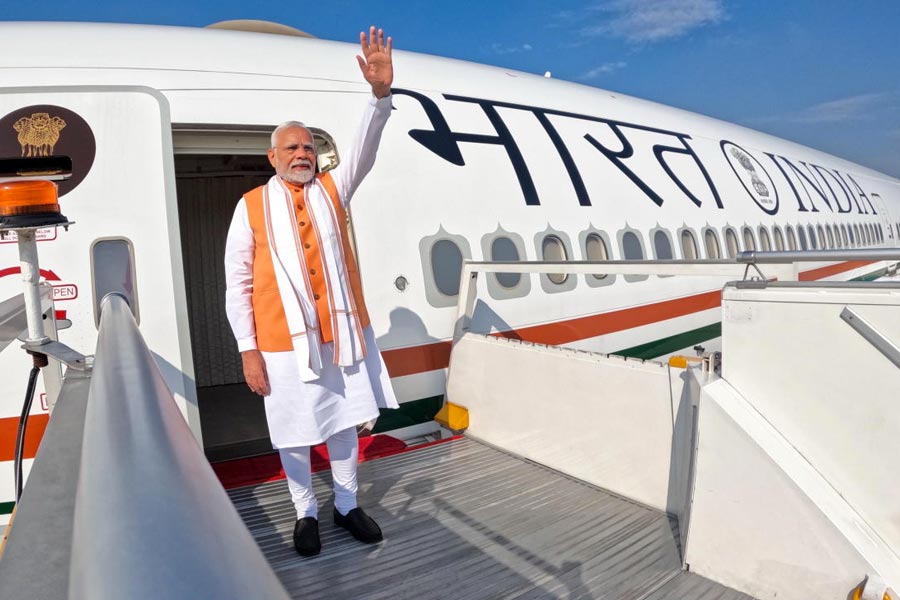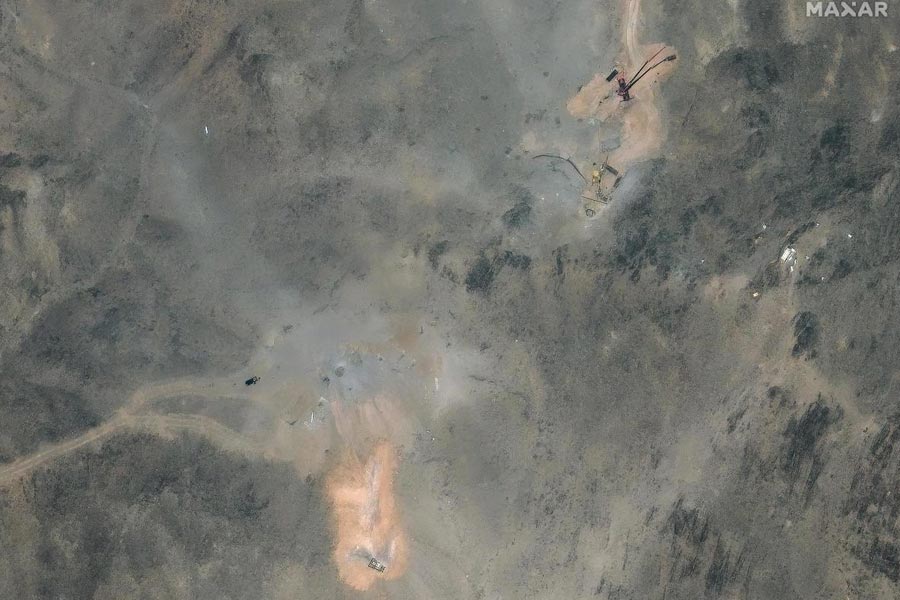 |
| K.C. Paul. Picture courtesy Pradip Saha |
Who was the first graffiti-writer in Calcutta? We will likely never know the answer, and indeed the whole question of the identity of graffitists is one which is shrouded in mystery, for they rarely sign their work. But there are exceptions.
Till a few years ago, many first-time visitors to the city were struck not so much by the expected political graffiti, but diagrams of planetary configurations signed by one K.C. Paul. All over the city, but particularly in the north and central, Paul’s graffiti robustly proclaimed that our idea of a heliocentric universe was flawed, and that, in fact, the sun went around the earth.
I do not know whether K.C. Paul still wages his solitary battle against Copernicus and his followers. But when I visited his house way back in 1988, he was a bundle of irrepressible energy and optimism.
Paul was a Class VIII dropout and had then been apprenticed to a motor mechanic. He had made his “discovery” in 1962, when he was in the army and in the habit of observing the movement of evening stars. He became suspicious while observing the position of Venus and embarked on a crash course in astronomy: “First I checked on rotation, and found that it was perfectly correct. But when it came to revolution, it didn’t work out at all. I went on to do some more calculations, and in 1974 I worked it all out: the earth stands still, and the sun travels around it — its orbit tilted at an angle of 23 1/2°, giving us the seasons and unequal days and nights.”
When we pointed out that this could also be explained by the earth going around the sun, Paul argued that if the earth really did change its position, we shouldn’t have seen the Pole Star in the same position as we do: “Copernicus said the Pole Star’s so far away that the earth’s movement makes no difference to its relative position. But according to my theory, it will stay in the same spot, no matter how far or how near it is.”
We carried on arguing in this vein, with Paul invoking Tycho Brahe, and of course, Ptolemy. He had even written to Nasa about his theories, and Nasa had written back a polite letter saying that the Copernican system worked quite well for them and they would continue to stick to it.
Having failed with Nasa, Paul decided to go public. In 1984, he had a few leaflets printed and started selling them at Esplanade at 10 paise apiece. The price then went up to 20 p., and finally to Rs 10. He also advertised books worth Rs 50 or Rs 100, which were printed only on demand.
Paul said ruefully: “There isn’t any demand now, but as soon as I am proved correct, people will flock in thousands to buy them.”
Paul also engaged passers-by in debate on Dalhousie Square, not always with happy results. Some accused him of misleading children, and a particularly bellicose heckler threatened to deface his name in graffiti and replace it with the appellation Haridas Paul. Once he was beaten up by a mob in front of Calcutta Medical College. As a result, much of his writing has to be done at night.
Paul’s tireless evangelising did not come cheap: by 1988, he had spent nearly Rs 1 lakh on pamphlets and graffiti. Part of this came from his army pension, and he also had a job with a local school. To his own children he says, “What you’re learning from your textbooks is incorrect, but that’s what you’ll have to write to pass your exams.”
From whatever little we saw of Paul, he seemed to be happy in his domestic life, and his family fully supportive of his cause. In his spare time, he played with his children and flew kites with them. Perhaps that is where he found energy to gird his armour and give battle day after day, and to tilt against his windmills among the stars.
This column features the lives and times of Calcuttans, real and imaginary, who are part of the city’s collective consciousness. The writer teaches English at Jadavpur University.










